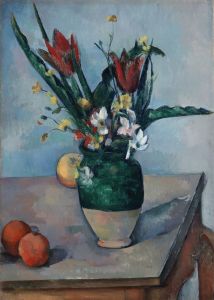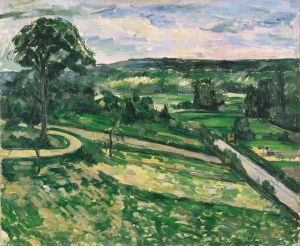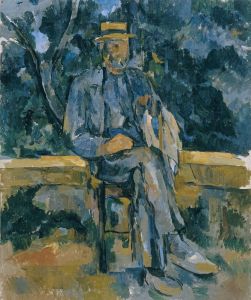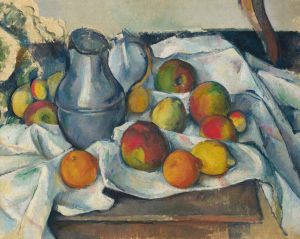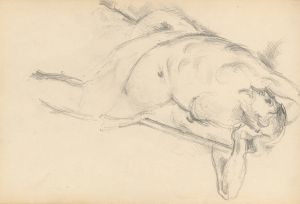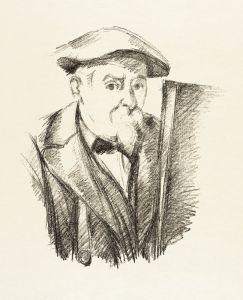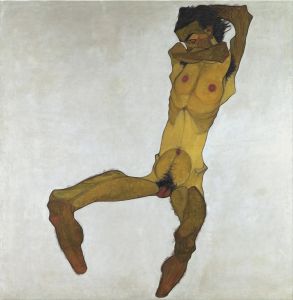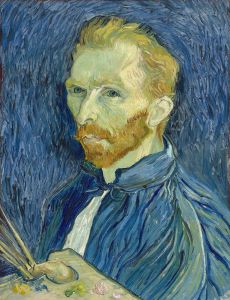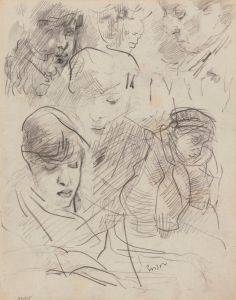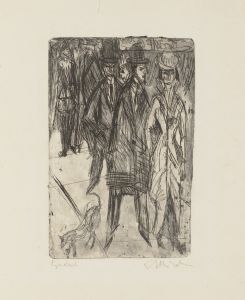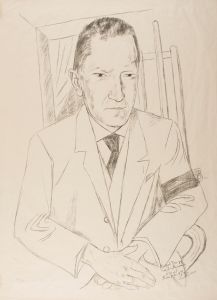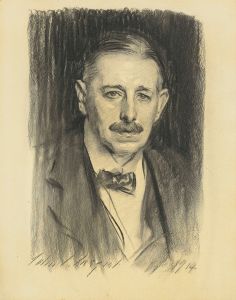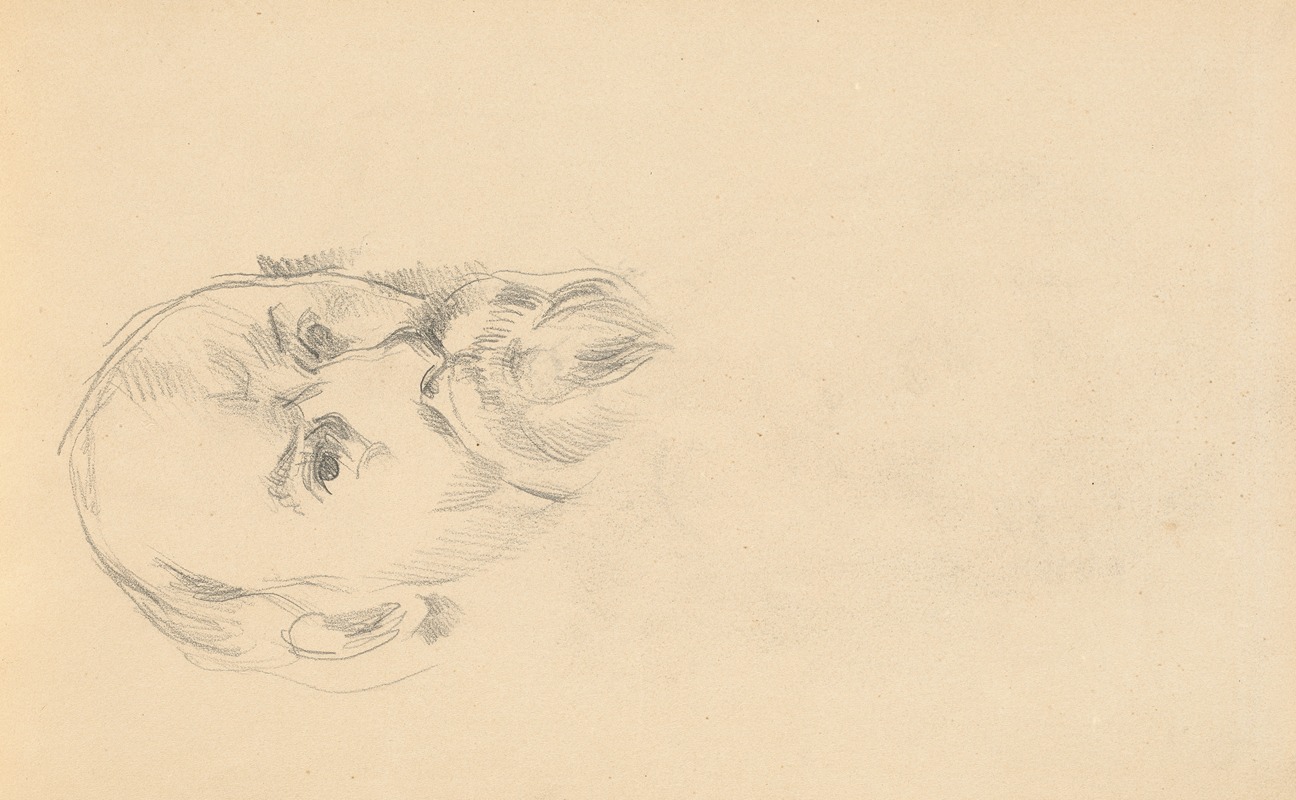
Self-Portrait
A hand-painted replica of Paul Cézanne’s masterpiece Self-Portrait, meticulously crafted by professional artists to capture the true essence of the original. Each piece is created with museum-quality canvas and rare mineral pigments, carefully painted by experienced artists with delicate brushstrokes and rich, layered colors to perfectly recreate the texture of the original artwork. Unlike machine-printed reproductions, this hand-painted version brings the painting to life, infused with the artist’s emotions and skill in every stroke. Whether for personal collection or home decoration, it instantly elevates the artistic atmosphere of any space.
Paul Cézanne, a pivotal figure in the transition from 19th-century Impressionism to 20th-century Cubism, is renowned for his unique approach to painting, which laid the groundwork for the modern art movement. Among his extensive body of work, Cézanne created several self-portraits that offer insight into his evolving style and personal introspection. One such work is "Self-Portrait," which exemplifies his mastery in capturing the essence of his subjects through innovative techniques.
Cézanne's self-portraits are significant not only for their artistic merit but also for the way they reflect his introspective nature and his continuous exploration of form and color. In his self-portraits, Cézanne often employed a muted palette, focusing on earthy tones and subtle contrasts to convey depth and emotion. This particular self-portrait is no exception, as it highlights his characteristic brushwork and attention to the structural elements of the face.
The composition of Cézanne's self-portrait is straightforward yet profound. He often depicted himself with a direct gaze, engaging the viewer with an intensity that suggests both confidence and contemplation. The background is typically understated, allowing the focus to remain on the artist's visage. Cézanne's use of color is deliberate and calculated; he applied paint in layers, building up textures that add a three-dimensional quality to the canvas. This technique, known as "constructive brushstroke," became a hallmark of his style and influenced many artists who followed.
Cézanne's approach to self-portraiture was not merely about capturing a likeness; it was an exercise in understanding the complexities of human perception. He was less concerned with the details of his appearance and more focused on the underlying structure and form. This analytical approach is evident in the way he rendered his facial features, often simplifying shapes to their geometric essence. This method foreshadowed the Cubist movement, where artists like Pablo Picasso and Georges Braque would further deconstruct forms into geometric components.
Throughout his career, Cézanne's self-portraits served as a means of self-exploration and artistic experimentation. They reveal his persistent quest to capture the essence of his subjects through a balance of color, form, and composition. By repeatedly turning the brush on himself, Cézanne was able to refine his techniques and push the boundaries of traditional portraiture.
Cézanne's influence on modern art cannot be overstated. His self-portraits, along with his other works, challenged the conventions of his time and inspired a new generation of artists to explore abstraction and the subjective nature of perception. His innovative use of color and form paved the way for movements such as Fauvism and Cubism, and his legacy continues to resonate in the art world today.
In summary, Paul Cézanne's self-portraits are a testament to his pioneering spirit and his dedication to exploring the depths of human expression. Through his unique approach to painting, Cézanne not only captured his own likeness but also laid the foundation for the evolution of modern art. His work remains a vital part of art history, offering insight into the mind of an artist who was constantly seeking to redefine the boundaries of his craft.





